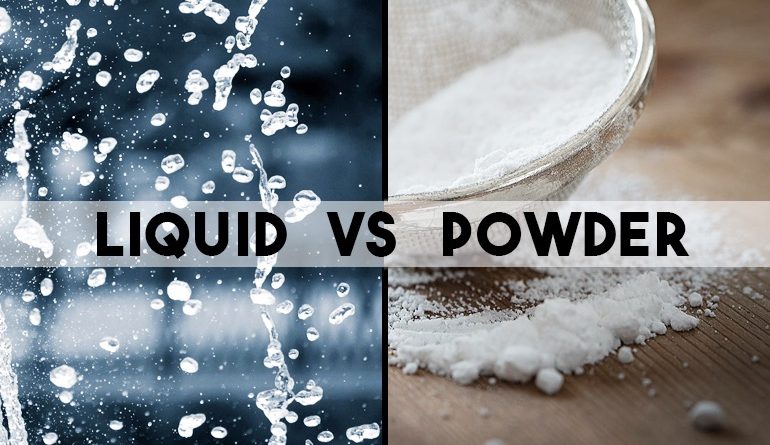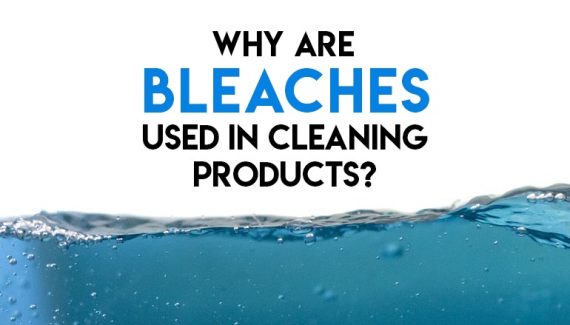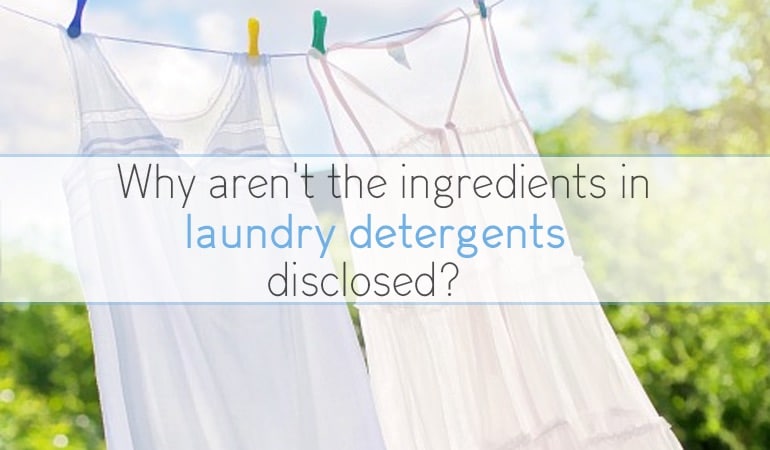Safe Household Cleaning is reader-supported. All reviews are independent and any products reviewed are purchased by the site owner. To help fund this model, some of the links on the site are affiliate links. If you decide to make a purchase from one of these links, this site will receive some commission. At no cost to you. It helps keeps this place running. Learn more
There are an abundance and confusing amount of washing detergents on the market today and the purpose of this post is to examine the differences between washing powders and washing liquids
What are they made of?
There are, broadly speaking, a couple of different types of powder and liquid. There are powdered and liquid detergents and powdered and liquid soaps. This is only a broad categorization as many washing detergents contain both soap and detergents.
However, the difference between a soap and a detergent can be defined as follows
The fundamental difference between soaps and detergents is that soaps are produced from a fat or an oil combined with Sodium or Potassium Hydroxide, while detergents are made from synthetic ingredients.
That aside, powder and liquid washing detergents essentially contain the same ingredients. The biggest exception is that powders often contain bleach, and additional ingredients to adhere to liquid surfactants in the powdered product [1, 2].
For example, look at the table below. It shows the shows the similarity between a typical Powder and Liquid (correct at the time of writing) [3].
| Differences in Ingredients Between Powder and Liquid Formulations | |
| Powder | Liquid |
| 5-15% Anionic Surfactants | 15-30% Anionic Surfactants |
| Nonionic Surfactants | 5-15% Nonionic Surfactants |
| <5% Enzymes | <5% Enzymes |
| Soap | Soap |
| Optical Brighteners | Optical Brighteners |
| Phosphonates | Phosphates |
| Perfume (Butylphenyl Methylpropional, Geraniol, Hexyl Cinnamal) | Perfume (Butylphenyl Methylpropional,
Geraniol, Citronellol) |
| Polycarboxylates (water softeners) | Polycarboxylates (water softeners) |
| Zeolites (builder, to soften water and adsorb surfactants) | – |
| Oxygen-Based Bleaching Agents | – |
These are the only ingredients listed on the label, but the unlisted filler is the biggest difference between formulations. Generally, in liquid formulations, the ingredients are pre-dissolved and stabilized in a suitable liquid (e.g. water), whereas powders need to dissolve in the washing machine and so use soluble fillers (e.g. sodium sulfate).
How are they made?
A powdered or liquid soap is made by combining an oil or fat (a triglyceride) with an alkaline to liberate the fatty acids. The ‘soap’ or ‘surfactant’ action of soap is due to fatty acids.
To liberate the fatty acids from the oil, the raw triglycerides need to be heated with a strong alkali. Both sodium hydroxide (lye or caustic soda) and potassium hydroxide (potash) are commonly used as the strong alkali. Sodium Hydroxide will often produce a solid lump of soap whereas Potassium Hydroxide will produce a liquid.
The reaction forms fatty acid salts, which vary in texture depending on the alkali.
| Animal Fats | Plant Fats | ||
| Raw Animal Fat | Resulting Fatty Acid | Raw Plant Fat | Resulting Fatty Acid |
| Tallow (beef fat) | Sodium/Potassium Tallowate* | Palm Oil | Sodium/Potassium Palmate |
| Lard (pig fat) | Sodium or Potassium Lardate* | Palm Kernel Oil | Sodium/Potassium Palm Kernelate |
| Laurel Oil | Sodium/Potassium Laurate | ||
| Olive Oil | Sodium/Potassium Oleate | ||
| Coconut Oil | Sodium/ Potassium Cocoate | ||
Detergents are a different product entirely. While solid and liquid soaps have been manufactured using the same fundamental method for centuries, making a detergent is a different synthetic process altogether.
A document available on the American Cleaning Institute website (an organization representing the cleaning industry), summarizes how powder and liquid detergents are manufactured [4]. In summary:
- Powders – dry and liquid ingredients are mixed into a slurry, which is heated, and spray dried into granules. Heat-sensitive ingredients (e.g. enzymes, fragrances) are then added to the product before packaging to prevent degradation.
- Liquids (and gels) – dry and liquid ingredients are continuously mixed to ensure uniformity and stability of the final product. The mixed product is then packaged.
So is it better to use a liquid or a powder?
In the US, liquid detergents are the most popular washing products, with pods rapidly gaining market share, and powder sales declining. In the rest of the world, up to two-thirds of the population all over the world simply uses the powder form of detergent. However, powder sales are generally on the decline worldwide.
Soap washing products are less abundant, but their use is increasing exponentially, particularly for those with sensitive skin and allergies.
- Powder Detergents
| Pros | Cons |
| · Generally cheaper
· Eco-friendlier cardboard packaging It weighs significantly less, what makes it a lot easier and cheaper to transport · Weigh less, so lower transport costs · Often contain bleaches, which whiten clothes |
· Can need warmer water to dissolve
· Can leave residue in machine drawers · Sodium sulfate can disrupt septic tanks · Can be easy to use too much, leaving ‘gunk’ over clothes · Detergent dust can be an allergen |
- Liquid Detergents
| Pros | Cons |
| · Pre-dissolved, and so may use cooler temperatures
· Can pre-treat by pouring on clothes · Don’t commonly contain bleaches · May be less likely retained on clothes, causing less irritation |
· Usually more expensive
· Packaged in plastic, less eco-friendly · Can have poorer stain removal, due to a lack of bleach |
- Soap Powders
| Pros | Cons |
| · Can be better for those with allergies
· Some products can be used in cold or lukewarm water · Less likely to disrupt septic tanks · Traditional method of washing · Eco-friendlier cardboard packaging
|
· Generally, more expensive than detergent
· Can form a soap scum, that need to be washed away · Risk of strong alkali if not properly manufactured · Can require additional washing machine maintenance |
- Soap Liquids
| Pros | Cons |
| · Can be better for those with allergies
· Weigh less, so lower transport costs · Pre-dissolved, and so may use cooler temperatures · Less likely to disrupt septic tanks · Traditional method of washing |
· Generally, most expensive washing products
· Packaged in plastic, less eco-friendly · Risk of strong alkali if not properly manufactured
|
There are pros and cons to liquids or soaps. I personally prefer to use a powder, primarily because the packaging is typically cardboard as opposed to plastic. It is cheaper and more eco-friendly to transport. It’s typically cheaper to buy. And I have sensitive skin so my preference is a powdered soap of some sort. I just make sure I use a bleach-free formulation.
However, this is an entirely personal choice. There’s no right or wrong answer here.
What do you use and why?
References
[1] Smulders, E., von Rybinski, W., Sung, E., Rähse, W., Steber, J., Wiebel, F., & Nordskog, A. (2007). Laundry detergents. Wiley‐VCH Verlag GmbH & Co. KGaA
[2] Bajpai, D. (2007). Laundry detergents: an overview. Journal of OLEO Science, 56(7), 327-340.
[3] Unilever. (2018). Persil Products. www.persil.com [Accessed: 6/2/18]
[4] American Cleaning Institute. (1994), Soaps and Detergents. www.cleaninginstitute.org [Accessed: 6/2/18]



One Response
thanx a lot ,but i like if you send me a formulation of liquid laundry detergent